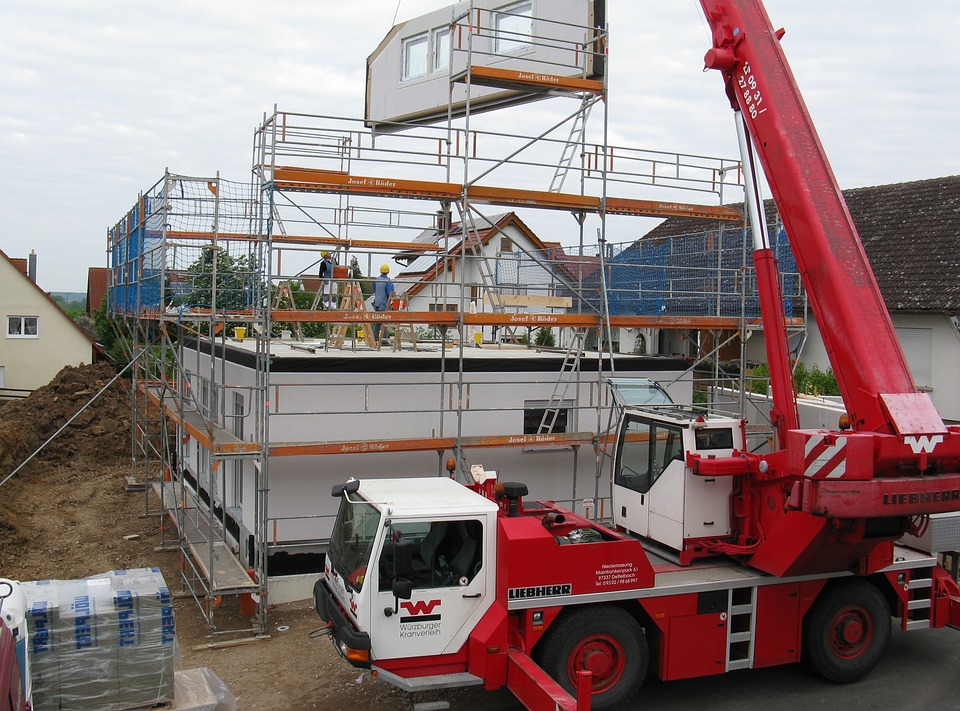If these construction materials become widely adopted it will bring significant improvements in quality of building and energy savings, too: self-healing concrete, concrete with cellulose nanocrystals, Wattway roads patented in France, hydroceramics and PNIPAM mat for roofs.
Scientists from Delft University in the Netherlands have found new and improved methods for creating self-healing concrete, based on knowledge and construction methods used in the Roman Empire. They use a special type of bacteria in a form of inactive spores, which integrate into concrete. When tiny cracks appear in the concrete and water leaks in, humidified bacterial spores germinate and bacteria begin their active lives. The bacteria produce limestone which fills the cracks, recovering the strength of the concrete. Existing buildings can be improved by this technology as well, a special spray containing this type of bacteria can be applied and it will do the same self-healing process of as the concrete.
Nano-reinforced materials are becoming more and more popular because of their improved properties such as durability, strength, and toughness, compared to conventional materials. Scientists from Purdue University developed a concrete with cellulose nanocrystals. These cellulose nanoparticles are added to the concrete mixture, which improves hydration of cement particles and thus increases the strength of the concrete. Cellulose nanocrystals are extracted from wood, a byproduct of paper production and other agriculture activities. Right now, the reinforced concrete is undergoing its final trials and scientists are working on possible applications for mass production.
Wattway is patented French innovation which will enable roads to harvest solar energy, essentially turning roads into powerplants; the technology consists of a combination of photovoltaic cells and multilayer composite materials just a few millimeters thick. Wattway has guaranteed the material’s strength and durability, capable of handling varying temperatures and the weight of continuous vehicle loads. Thus roads and pavements become a source of clean, renewable energy in the form of electricity. This new material can be applied directly to existing pavements and roads without having to undertake massive civil engineering projects. This will help large cities and even remote areas obtain clean renewable energy.
Hydroceramics developed by students at Institute of Advanced Architecture in Catalonia could one day remarkably reduce energy spent on air-conditioning systems. This CompositeFacade material is created from clay and hydrogel. The principal method of functionality is as follows: hydroceramics have the capacity to absorb great quantities of water (about 500 times its weight), during wet days with low ambient temperature and self-regulate in response to temperature changes. The clay is a porous material which allows for more evaporation than acrylic or aluminum materials commonly used. Hydrogel pallettes are spread through the material which increases the surface area. When the temperature of the environment rises, evaporation begins which can lower indoor temperatures up to 6 degrees Celsius.
A synthetic roof material recently developed by scientists from ETH Zurich named PNIPAM is another material with promises of lowering energy expenditure for air-conditioning systems. PNIPAM is a polymer with a water permeable membrane which collects a sizable quantity of water during rainstorms, like a sponge. Than PNIPAM works similar to biological cooling systems (when body temperatures rise you sweat). When ambient temperatures are warmer, water begins to evaporate and remove heat from the building. At 32°C (90°F) the material starts to show hydrophobic properties, water escapes on the surface of the mat and evaporates. Roof mats made of PNIPAM should be a few millimeters thick to score in energy savings of up to sixty percent of expenses for air-conditioning systems in summer. Also, it is an inexpensive material which makes it suitable for developing countries in warm regions of the world.


